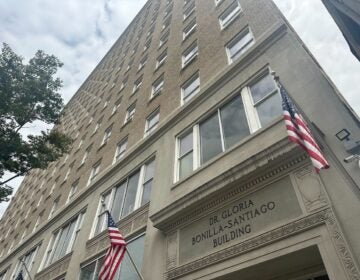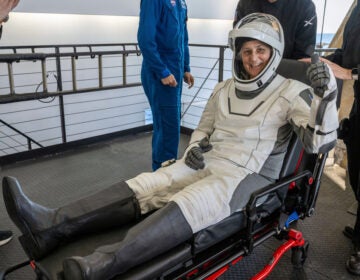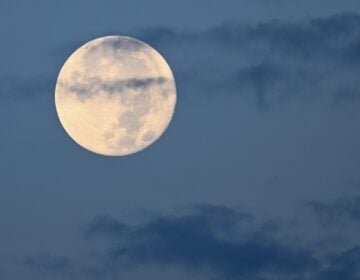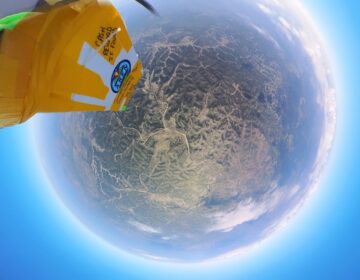New Jersey professor participates in NASA mission of analyzing asteroid sample
Dr. Harold Connolly Jr. of Rowan University is a mission sample scientist for NASA’s OSIRIS-REx Asteroid Sample Return.
Listen 1:18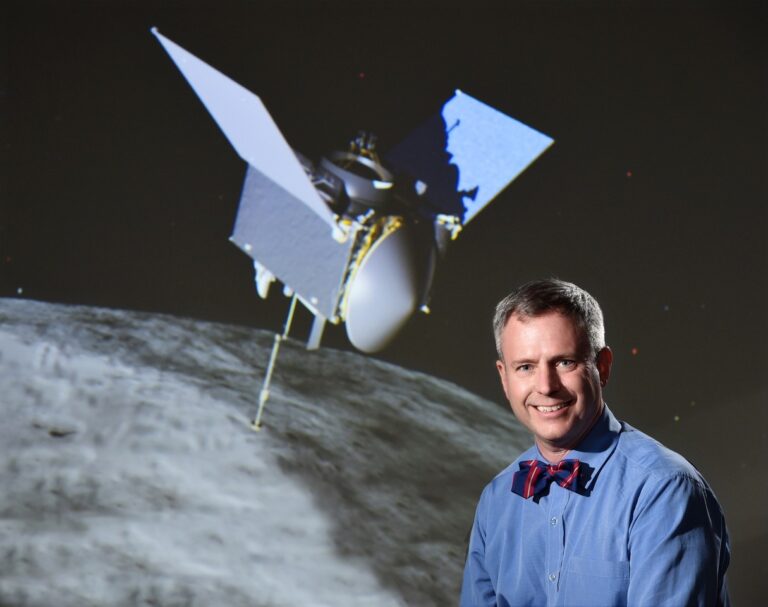
Dr. Harold C. Connolly (Courtesy of Rowan University)
From Camden and Cherry Hill to Trenton and the Jersey Shore, what about life in New Jersey do you want WHYY News to cover? Let us know.
A New Jersey geology professor will be a part of history when the first U.S. mission to collect a sample from an asteroid returns to Earth on Sunday.
Dr. Harold Connolly Jr. is the founding chair of the geology department at Rowan University. He is also the mission sample scientist for NASA’s OSIRIS-REx Asteroid Sample Return Mission.
The spaceship is on its way back to Earth with some precious cargo: a sample from the asteroid Bennu.
Scientists are hoping the specimen-rocks and dust collected from the asteroid’s surface will offer scientists answers about how the Earth, Sun and other planets were formed about 4.5 billion years ago.
“We’re looking to understand clues to the origin of water on Earth, the origin of life through prebiotic compounds because we know meteorites contain minerals that have water balance in them,” Connolly said.
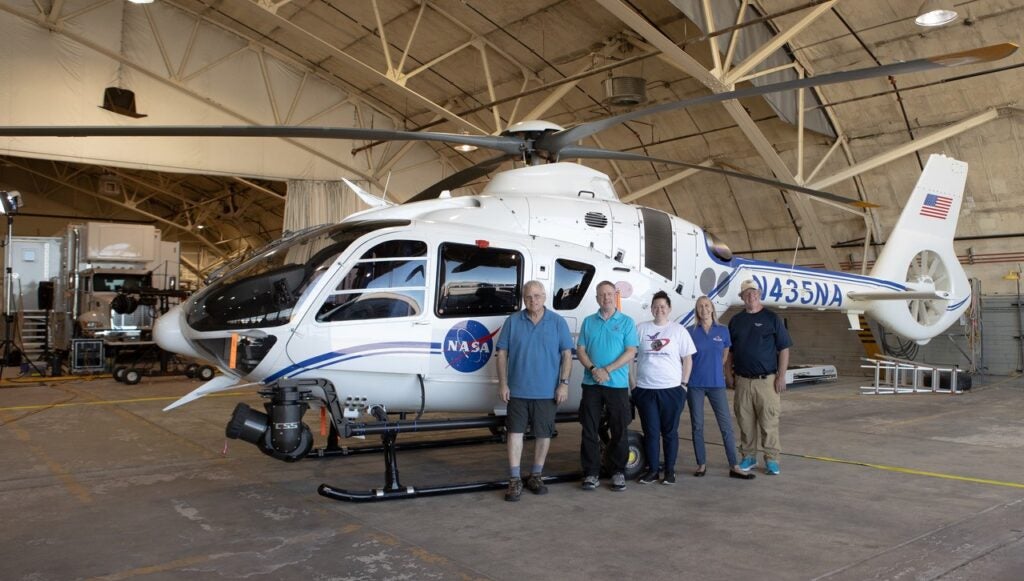
Connolly joined the mission during the brainstorming process in 2008. The mission selection happened in May 2011. The OSIRIS-REx spacecraft, designed and built by Lockheed Martin, was launched in Sept. 2016. A sample from the surface of Bennu was collected two years later.
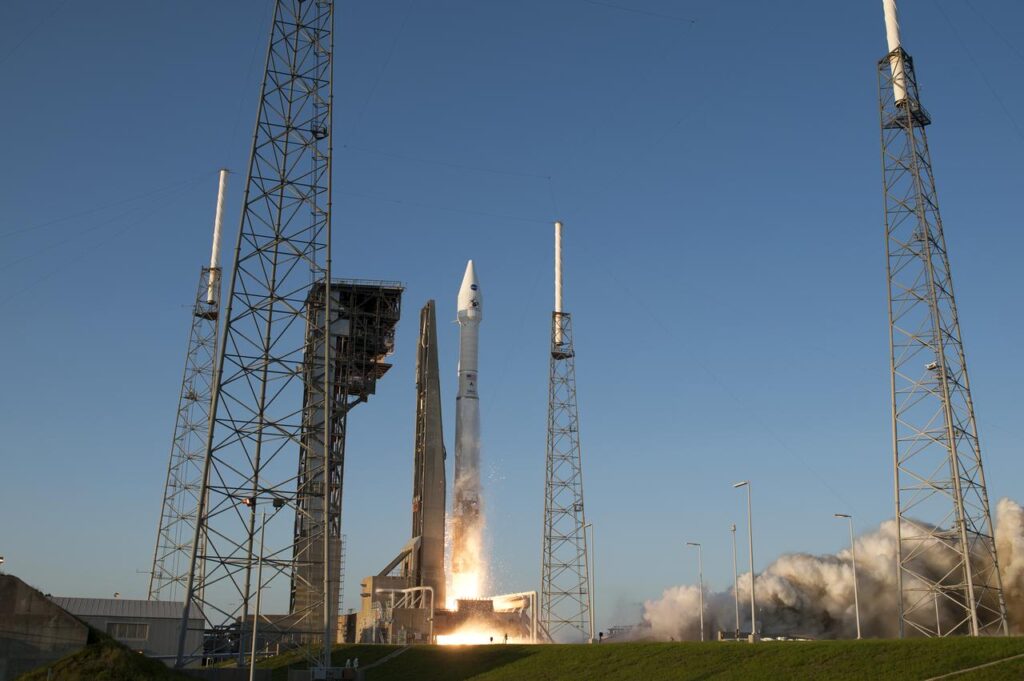
“Lockheed Martin is really proud to support this important NASA sample return mission,” said Lauren Duda, Deep Space Exploration & Weather Communications Lead at Lockheed Martin Space, in a written statement. “We can’t wait to see what OSIRIS-REx’s asteroid sample from Bennu teaches humankind about the building blocks of life in our solar system.”
Lockheed Martin has created an entry, descent and landing animated infographic for folks interested in tracking the capsule’s journey back to earth.
NASA said OSIRIS-REx’s return capsule will touch down in the Defense Department’s Utah Test and Training Range on Sunday at approximately 10:55 a.m. Eastern Time. It will deliver about a half-pound of Bennu’s material, the largest asteroid sample ever received on Earth.
Watching in a room with monitors as his colleagues retrieve the capsule from the desert will be Connolly.
“I can feel the jitters in me,” he said in a recent phone interview.
Once the sample is recovered, Connolly’s work will begin when the team returns to Houston at the Johnson Space Center.
“[We’ll] all start working together to open up the science canister and start seeing the sample and start disassembling the collecting head for the ’Touch and Go Sample Acquisition Mechanism’ that collected our sample for us,” Connolly said.
Connolly is also a backup investigator for Dr. Dante Lauretta of University of Arizona, who is leading the mission. Overall mission management was provided by NASA’s Goddard Space Flight Center in Greenbelt, Md.
He described exploring space as a human endeavor, in addition to an “engineering and science thing.”
“I’ve been so fortunate to work with so many amazing people on this space mission,” Connolly said. “You pull people together from different facets of life, different career pathways that all come together for one common goal and do it effectively.”
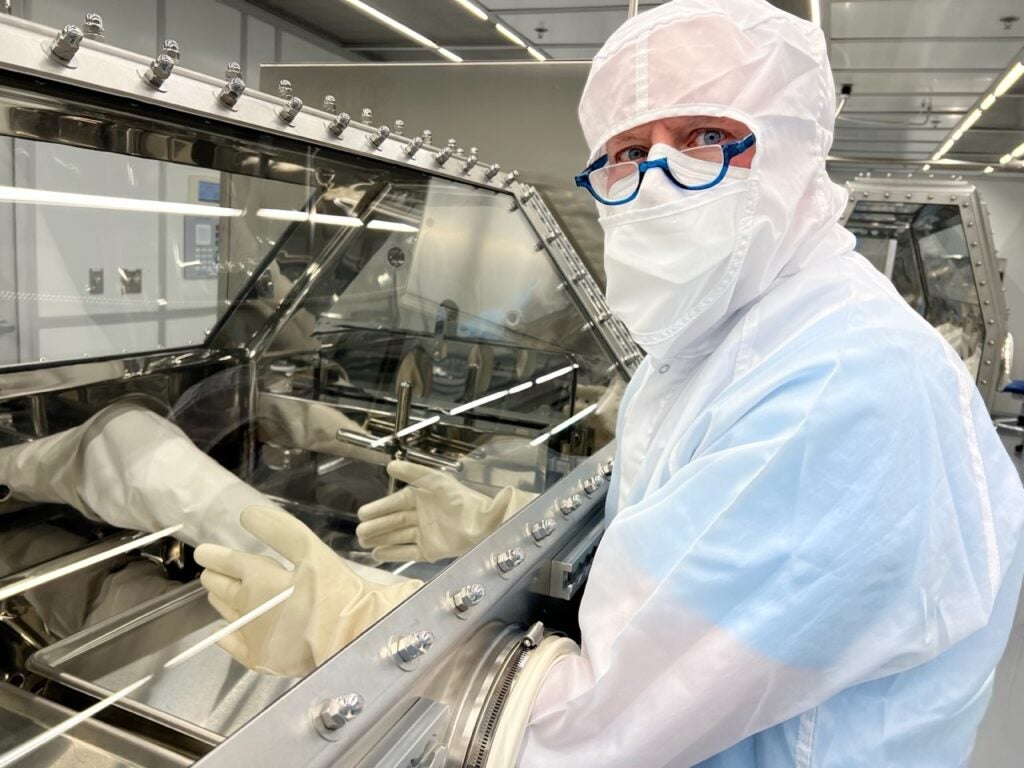
Discovered in 1999, asteroid Bennu is slightly taller than the Empire State Building in New York City. It’s believed that it is a loose collection of rocks. Scientists chose to observe the asteroid because it’s nearly 4.6 billion years old and because of its proximity to Earth.
“It’s well preserved,” Connolly said.
NASA’s OSIRIS-REx is not the first mission to bring back an asteroid sample. Japan’s JAXA Hayabusa mission brought back specks from asteroid Itokawa, and the JAXA Hayabusa2 mission brought back about 1/5 ounce (5 grams) of asteroid sample from Ryugu in November 2021, according to a NASA press release. NASA will stream the capsule landing on Sunday on NASA TV, its website and through its YouTube channel.

Get daily updates from WHYY News!
WHYY is your source for fact-based, in-depth journalism and information. As a nonprofit organization, we rely on financial support from readers like you. Please give today.




